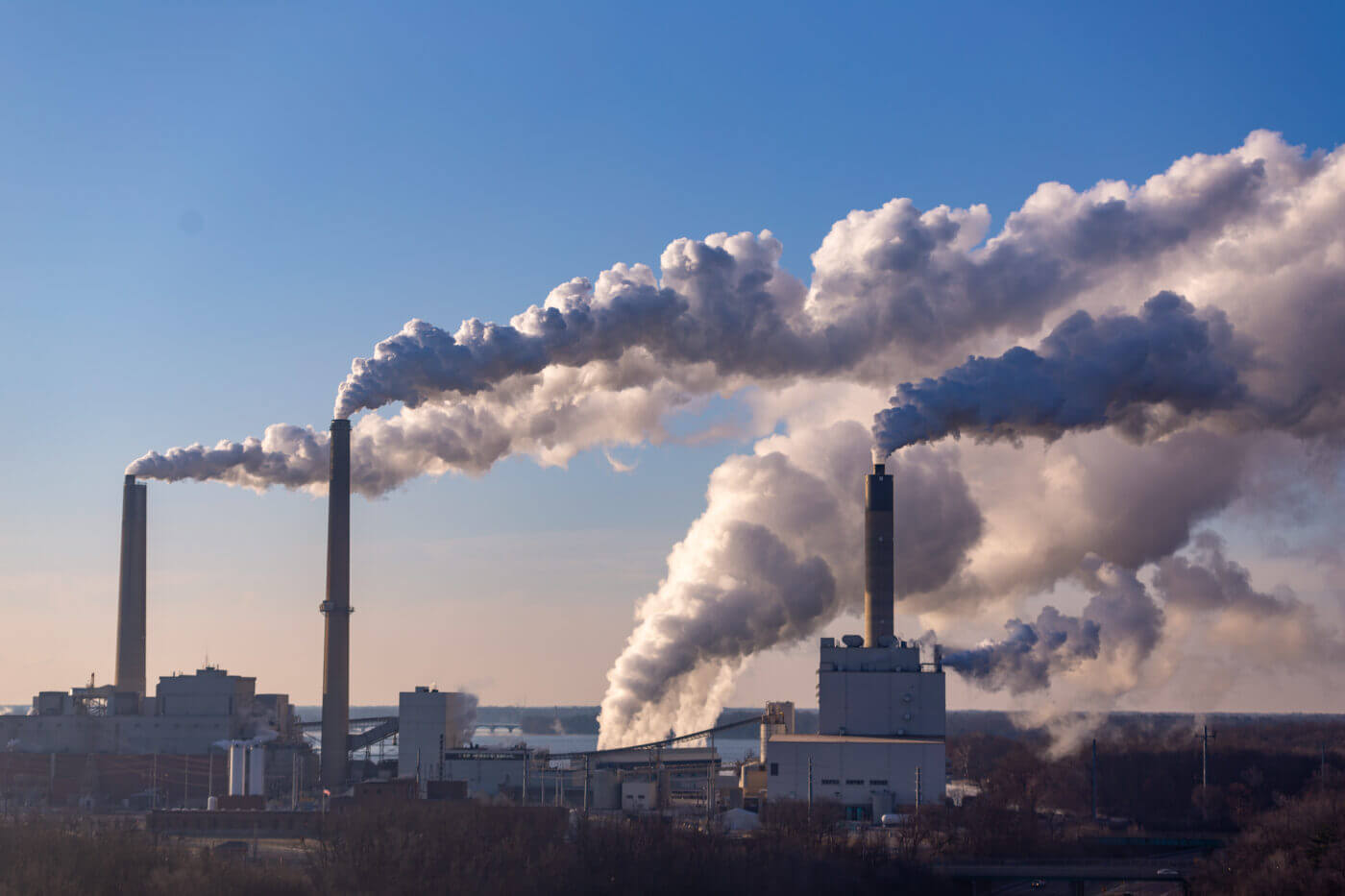
EPA finalizes strong carbon pollution standards for existing coal- and new gas-fired power plants
WASHINGTON – Today, the U.S. Environmental Protection Agency (EPA) finalized stringent carbon pollution emission guidelines for existing coal-fired and performance standards for new gas-fired power plants.
“EPA’s final rule is a significant milestone in reducing power sector carbon pollution,” said Conrad Schneider, Senior Director at Clean Air Task Force (CATF). “Now, instead of unchecked emissions, power plants covered by the rule will have to meet tight limits based on what pollution control technology has made possible. CATF applauds EPA for advancing decarbonization of the power fleet through this rulemaking.”
Today’s final rule sets carbon emission levels based on what is achievable through application of carbon capture and sequestration for new baseload gas-fired plants and for existing coal-fired power plants that will continue to operate for the longest time horizon. For other subcategories, emission limits are based on operating efficiency or fuel types. The final rule includes several changes recommended by CATF, including lowering the capacity factor for covered baseload new-fired gas plants and moving up the operating date cutoff for coal plants covered by the most stringent standards.
“Application of carbon capture and sequestration is a highly effective way to reduce carbon emissions for these power plants while providing subsequent public health benefits,” said John Thompson, Technology and Markets Director at CATF. “Post-combustion capture, sequestration, and storage is adequately demonstrated and cost reasonable on coal and gas-fired power plants. EPA correctly selected it to form the basis of emissions limits.”
The rule carries out the EPA’s obligation under the Clean Air Act to determine the best system of emission reduction for carbon pollution that is adequately demonstrated, considering costs and non-air pollution, and environmental impacts. The agency sets pollution control limits based on application of that system, but states and individual power plants choose how to comply with those limits – not necessarily by using the system identified by EPA. However, unlike the proposal EPA issued last May, this final rule does not cover existing gas-fired power plants. EPA recently announced its intent to “expeditiously” propose emissions guidelines that will cover more of these sources as well as complementary rules covering other pollutants from these plants.
“The Supreme Court told EPA to look at traditional, at-the-source pollution control measures for carbon emissions, and that’s exactly what the agency did,” said Frank Sturges, Attorney at CATF. “Today’s final rule is built on a strong legal foundation and a robust technical record. It will deliver meaningful carbon pollution reductions while maintaining reliability of the electric system, which is good for the climate and good for consumers. CATF will vigorously defend this rule against any court challenges and work with states on implementation. But there’s still more to be done to clean up emissions from existing gas-fired sources, which make up a significant – and growing – portion of greenhouse gas emissions in the sector. We will continue to hold EPA to its commitment to expeditiously and comprehensively address the remainder of the power fleet.”
Contact presse
Samantha Sadowski, directrice des communications, États-Unis, ssadowski@catf.us, +1 202-440-1717
À propos de Clean Air Task Force
Clean Air Task Force (CATF) is a global nonprofit organization working to safeguard against the worst impacts of climate change by catalyzing the rapid development and deployment of low-carbon energy and other climate-protecting technologies. With more than 25 years of internationally recognized expertise on climate policy and a fierce commitment to exploring all potential solutions, CATF is a pragmatic, non-ideological advocacy group with the bold ideas needed to address climate change. CATF has offices in Boston, Washington D.C., and Brussels, with staff working virtually around the world. Visit catf.us and follow @cleanaircatf.


